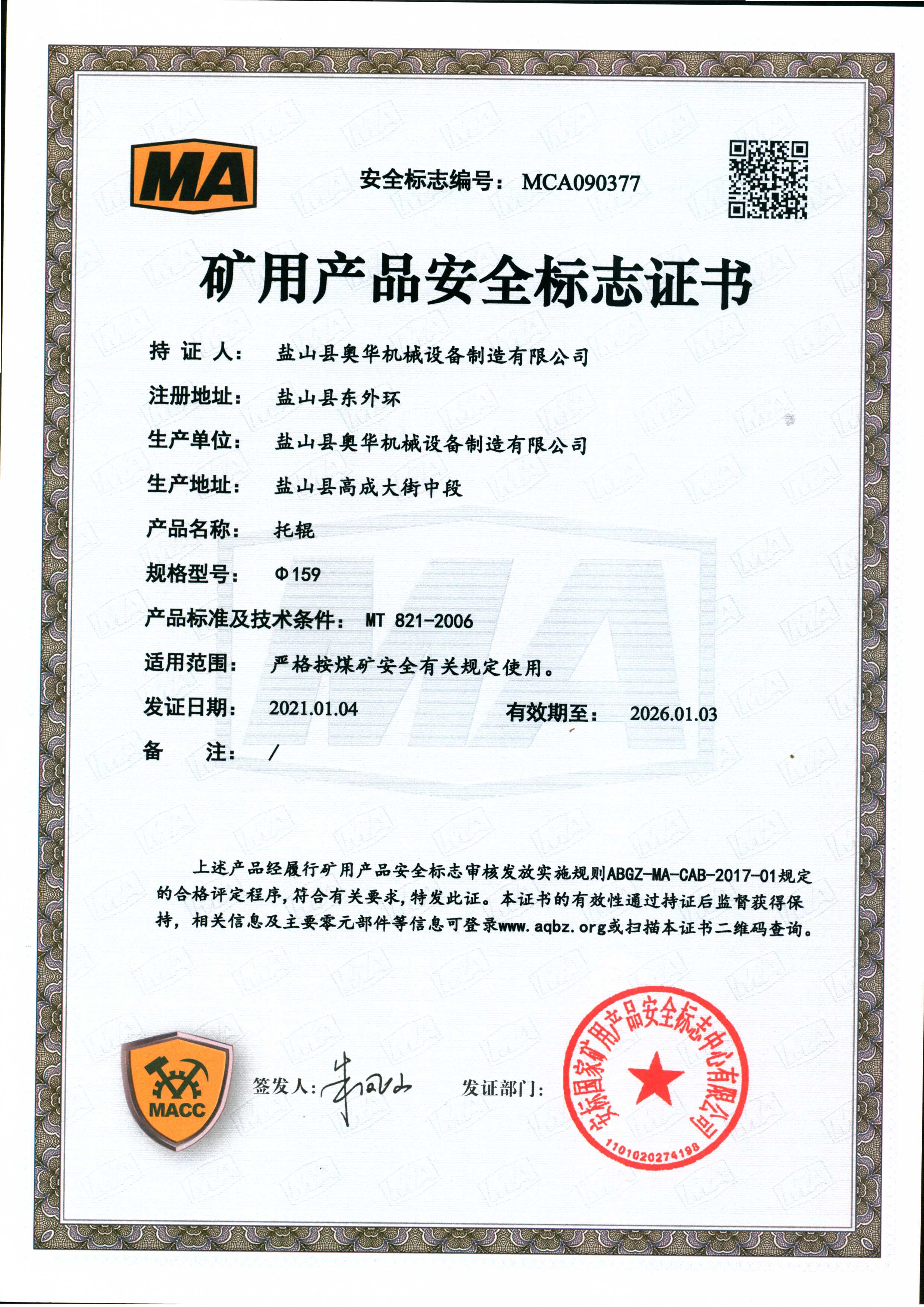 Afrikaans
Afrikaans  Albanian
Albanian  Amharic
Amharic  Arabic
Arabic  Armenian
Armenian  Azerbaijani
Azerbaijani  Basque
Basque  Belarusian
Belarusian  Bengali
Bengali  Bosnian
Bosnian  Bulgarian
Bulgarian  Catalan
Catalan  Cebuano
Cebuano  Corsican
Corsican  Croatian
Croatian  Czech
Czech  Danish
Danish  Dutch
Dutch  English
English  Esperanto
Esperanto  Estonian
Estonian  Finnish
Finnish  French
French  Frisian
Frisian  Galician
Galician  Georgian
Georgian  German
German  Greek
Greek  Gujarati
Gujarati  Haitian Creole
Haitian Creole  hausa
hausa  hawaiian
hawaiian  Hebrew
Hebrew  Hindi
Hindi  Miao
Miao  Hungarian
Hungarian  Icelandic
Icelandic  igbo
igbo  Indonesian
Indonesian  irish
irish  Italian
Italian  Japanese
Japanese  Javanese
Javanese  Kannada
Kannada  kazakh
kazakh  Khmer
Khmer  Rwandese
Rwandese  Korean
Korean  Kurdish
Kurdish  Kyrgyz
Kyrgyz  Lao
Lao  Latin
Latin  Latvian
Latvian  Lithuanian
Lithuanian  Luxembourgish
Luxembourgish  Macedonian
Macedonian  Malgashi
Malgashi  Malay
Malay  Malayalam
Malayalam  Maltese
Maltese  Maori
Maori  Marathi
Marathi  Mongolian
Mongolian  Myanmar
Myanmar  Nepali
Nepali  Norwegian
Norwegian  Norwegian
Norwegian  Occitan
Occitan  Pashto
Pashto  Persian
Persian  Polish
Polish  Portuguese
Portuguese  Punjabi
Punjabi  Romanian
Romanian  Russian
Russian  Samoan
Samoan  Scottish Gaelic
Scottish Gaelic  Serbian
Serbian  Sesotho
Sesotho  Shona
Shona  Sindhi
Sindhi  Sinhala
Sinhala  Slovak
Slovak  Slovenian
Slovenian  Somali
Somali  Spanish
Spanish  Sundanese
Sundanese  Swahili
Swahili  Swedish
Swedish  Tagalog
Tagalog  Tajik
Tajik  Tamil
Tamil  Tatar
Tatar  Telugu
Telugu  Thai
Thai  Turkish
Turkish  Turkmen
Turkmen  Ukrainian
Ukrainian  Urdu
Urdu  Uighur
Uighur  Uzbek
Uzbek  Vietnamese
Vietnamese  Welsh
Welsh  Bantu
Bantu  Yiddish
Yiddish  Yoruba
Yoruba  Zulu
Zulu Understanding the Functionality and Applications of Non-Drive Pulleys in Mechanical Systems
Understanding Non-Drive Pulleys An Essential Component in Mechanical Systems
In the realm of mechanical engineering and design, pulleys play a pivotal role in facilitating the movement and transmission of power within a system. Among the various types of pulleys, non-drive pulleys are integral components that often go unnoticed yet serve a critical function in ensuring the efficiency and effectiveness of mechanical systems.
What Are Non-Drive Pulleys?
Non-drive pulleys, as the name suggests, are pulleys that do not contribute directly to the driving force of a system. They are used primarily for guiding, redirecting, or supporting belts, cables, or ropes in various applications. Unlike drive pulleys, which are connected to a motor or another power source to transfer motion and force, non-drive pulleys rely on the operation of drive pulleys to fulfill their role.
These pulleys can be found in a wide array of mechanical systems, including cranes, elevators, conveyors, and various types of machinery. They are essential for managing the path of belts and cables, creating tension when needed, and absorbing shocks that could otherwise damage the system.
The Importance of Non-Drive Pulleys
1. Guiding and Redirecting Motion Non-drive pulleys are critical for changing the direction of a belt or cable without altering its tension. This ability to redirect paths is especially important in complex machinery where space constraints require intricate routing.
2. Maintaining Tension In many systems, maintaining the correct tension in a belt or cable is vital for efficient operation. Non-drive pulleys help to adjust and stabilize tension, preventing slippage and ensuring that the power is transmitted effectively.
3. Reducing Wear and Tear By incorporating non-drive pulleys into a system, the stress on the driving components can be reduced. This redistribution of force can minimize wear and prolong the lifespan of both the belts and the drive motors.
4. Shock Absorption Non-drive pulleys can help absorb vibrations and shocks that occur during operation. This absorption protects sensitive components from damage and contributes to a smoother overall performance.
non drive pulley

Types of Non-Drive Pulleys
Non-drive pulleys come in several varieties, including
- Idler Pulleys Used to maintain tension and guide belts in a system. Idler pulleys help in reducing slack and controlling the movement path of the belt.
- Return Pulleys These are used to guide the return path of a belt or cable in systems where a continuous loop is desired.
- Guide Pulleys Primarily serve the function of steering direction without carrying load. They ensure the belt or cable remains aligned in the correct position.
Applications of Non-Drive Pulleys
Non-drive pulleys are ubiquitous in many industries. In construction, cranes utilize non-drive pulleys to lift and move heavy materials effectively. In the transportation sector, conveyor systems heavily rely on non-drive pulleys to manage the flow of goods and materials in factories and warehouses. Moreover, elevators use them to guide cables safely, ensuring smooth and reliable operation.
Conclusion
In summary, while non-drive pulleys may not be the stars of a mechanical system, their contributions are invaluable. They enhance the functionality, reliability, and efficiency of various applications across different industries. Understanding and properly integrating non-drive pulleys into mechanical designs can lead to significant improvements in performance and durability, making them essential for engineers and designers alike. As technology continues to evolve, the role of non-drive pulleys will undoubtedly remain crucial in optimizing mechanical systems.
-
Revolutionizing Conveyor Reliability with Advanced Rubber Lagging PulleysNewsJul.22,2025
-
Powering Precision and Durability with Expert Manufacturers of Conveyor ComponentsNewsJul.22,2025
-
Optimizing Conveyor Systems with Advanced Conveyor AccessoriesNewsJul.22,2025
-
Maximize Conveyor Efficiency with Quality Conveyor Idler PulleysNewsJul.22,2025
-
Future-Proof Your Conveyor System with High-Performance Polyurethane RollerNewsJul.22,2025
-
Driving Efficiency Forward with Quality Idlers and RollersNewsJul.22,2025





























